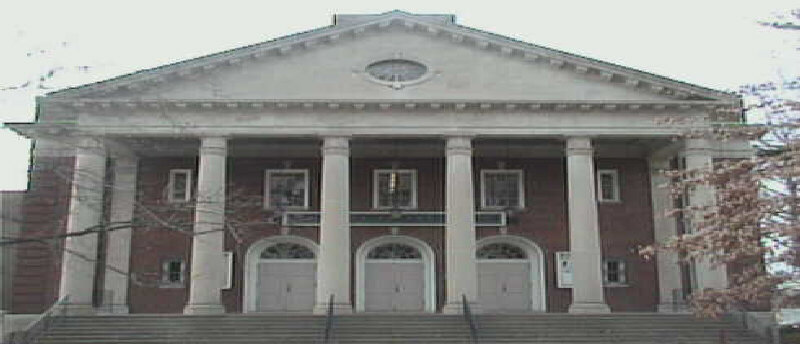History
|
|
The picture shows the front view of Waller Hall.Waller Hall's theater space is very flexable in a way that the seating units do not change the seating capasity every time the seating arrangements are changed. Below you will find general information on the importance of each seating arrangment as it is viewed from the audience and stage. |
|
|
A staging configuration in which the audience is seated on one side of the playing area, looking into an enclosed stage, separated by a wall or some other physical barrier. This configuration is pretty traditional and is how most theaters are built. Proscenium configuration works best for the illusions that can be done with scenery. That is why most illusionists work with their audience in only one direction. Lighting is done in a natural way. |
A seating/ staging configuration in which the audience is on three sides of the playing area. With this configuration, about half of the scenic illusion is being lost, but doubling the intimacy. The actor/ audience spacial relationship is literally having actors right in your face. Lighting is very tricking to do because you want to be able to light people in a natural way. |
|
The type of staging configuration in which the audience surrounds the playing area. With this configuration, about 80-90% of the scenic illusion is lost, but the intimacy is being increased proportionately. Lighting is very tricking to do because you want to be able to light people in a natural way. |
A seating configuration that has two seating units parallel, facing each other. This configuration is considered half thrust and half arena. At the ends of the alley there can be a certain amount of scenic illusion. In the space between the ends you are sacrificying a lot of scenery, but gaining intimacy. Lighting is very tricking to do because you want to be able to light people in a natural way. |
